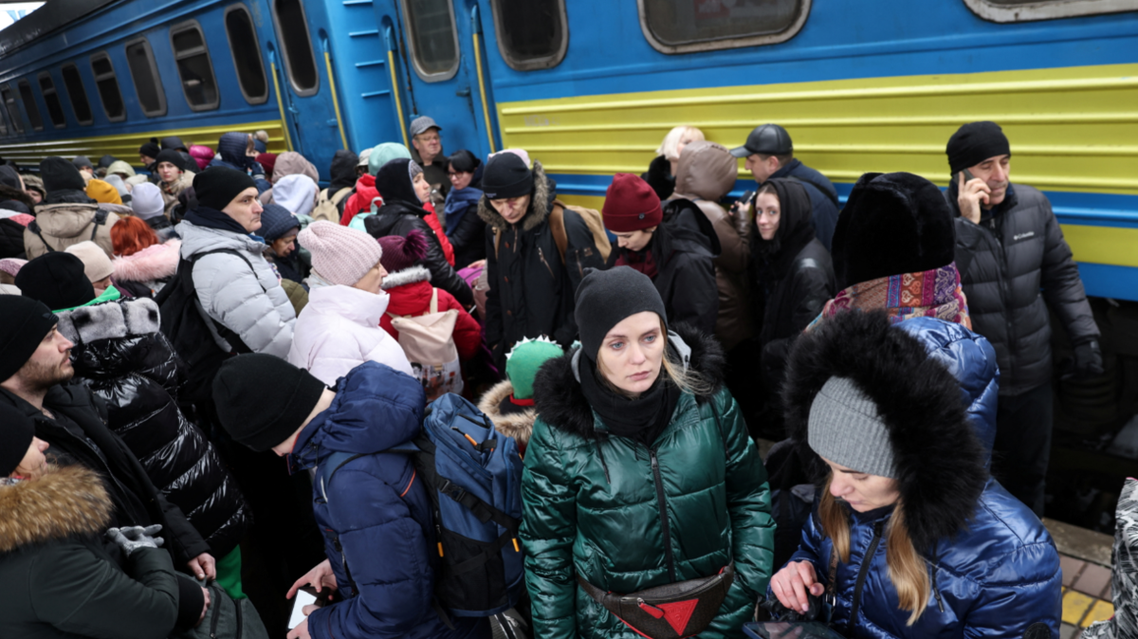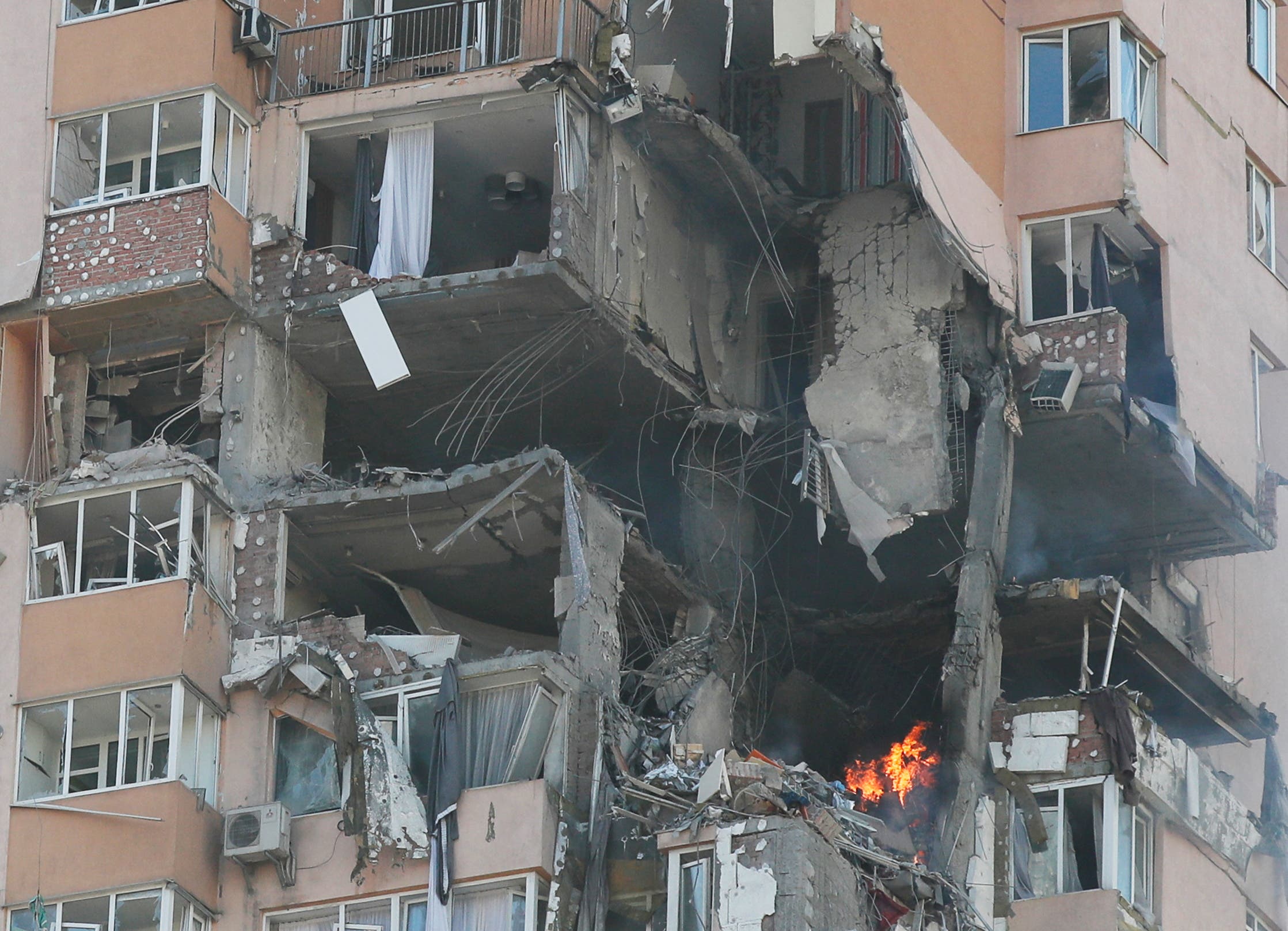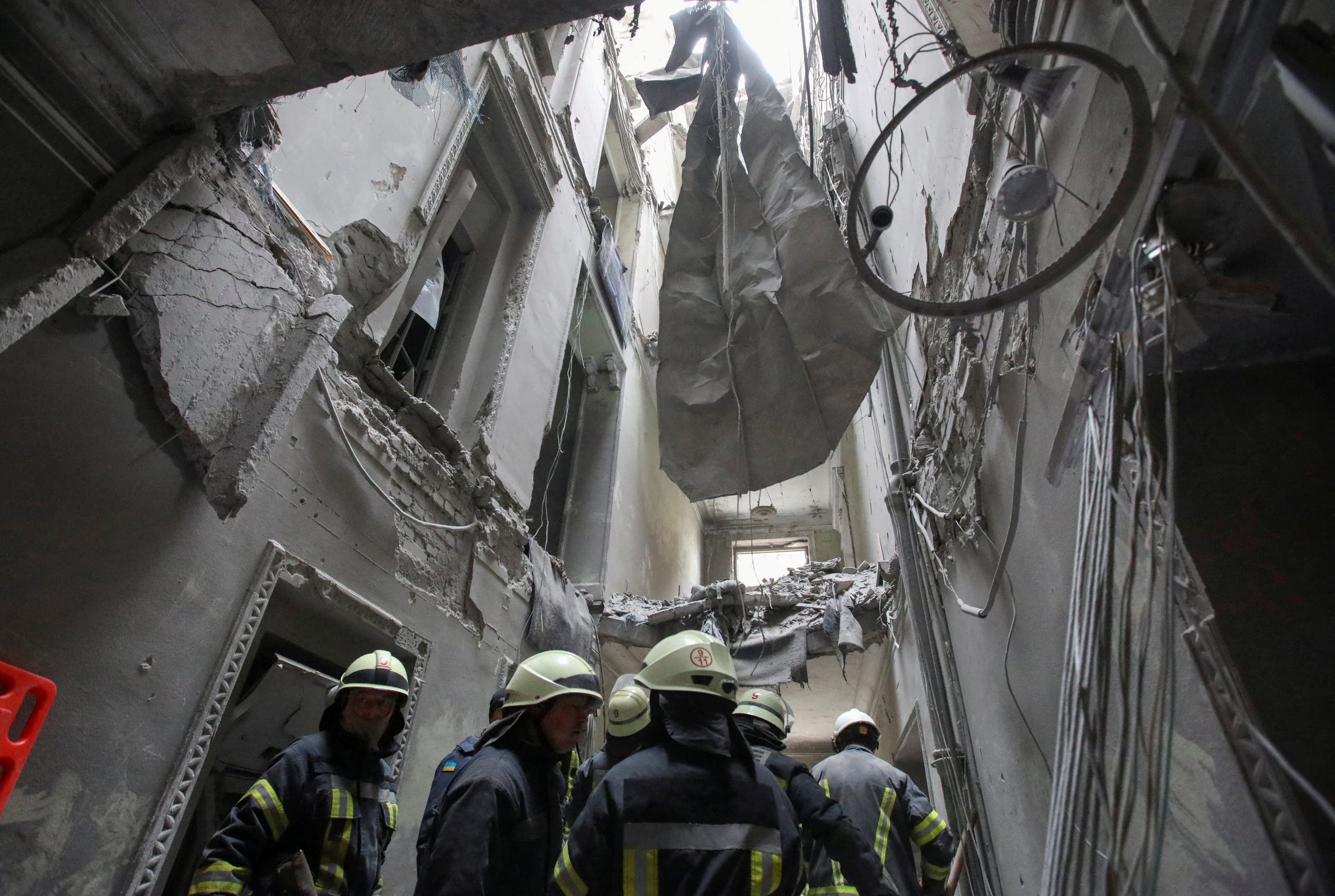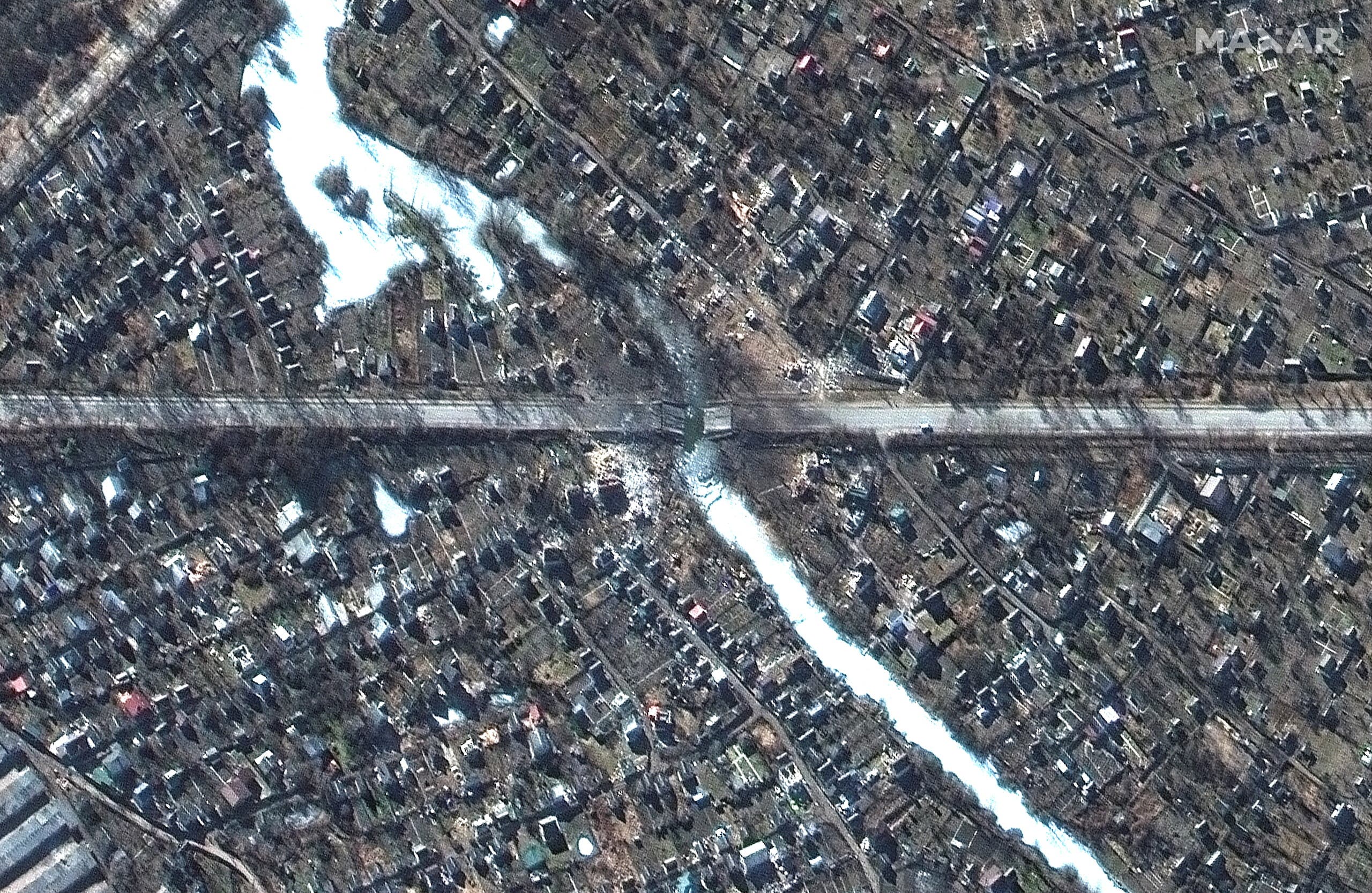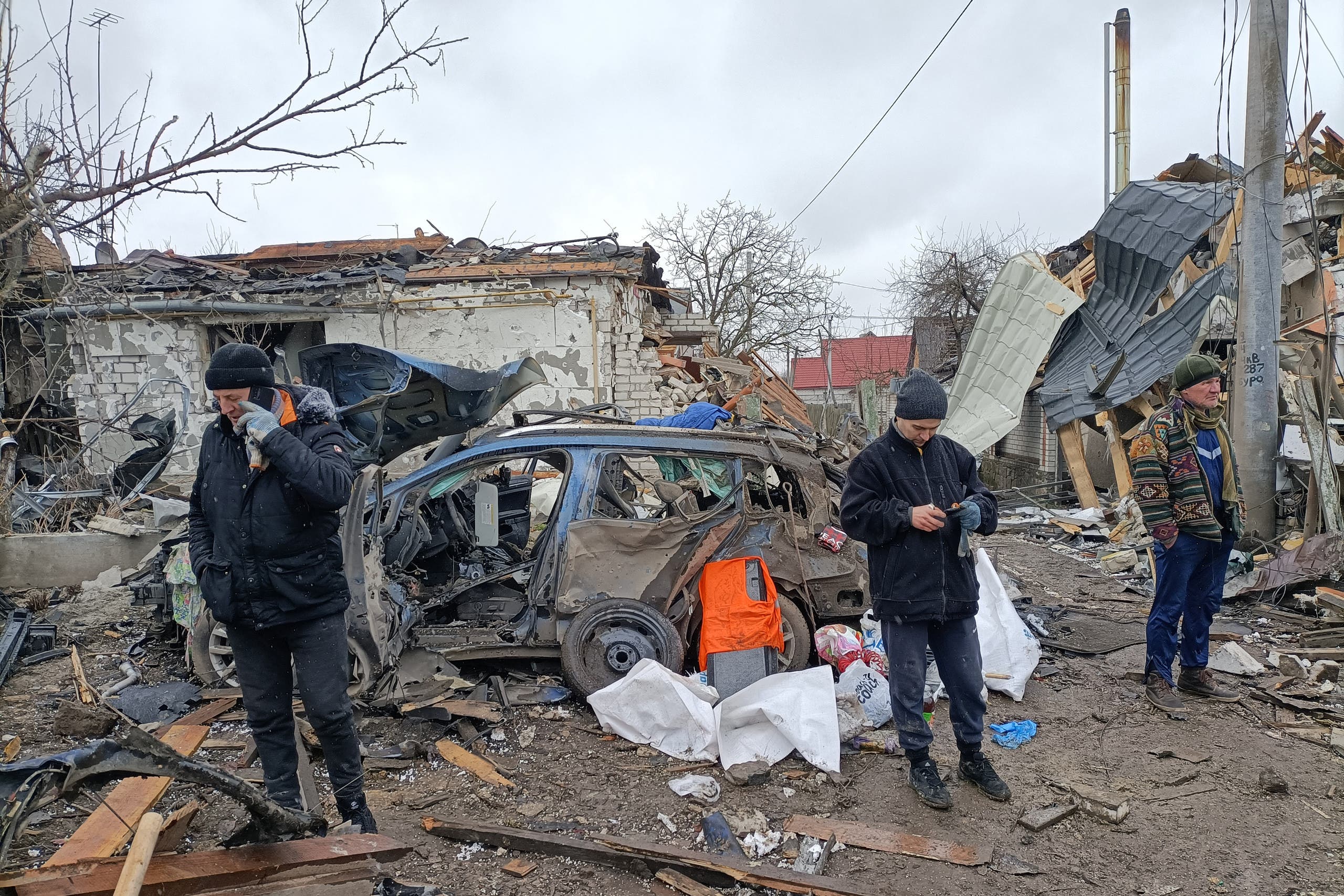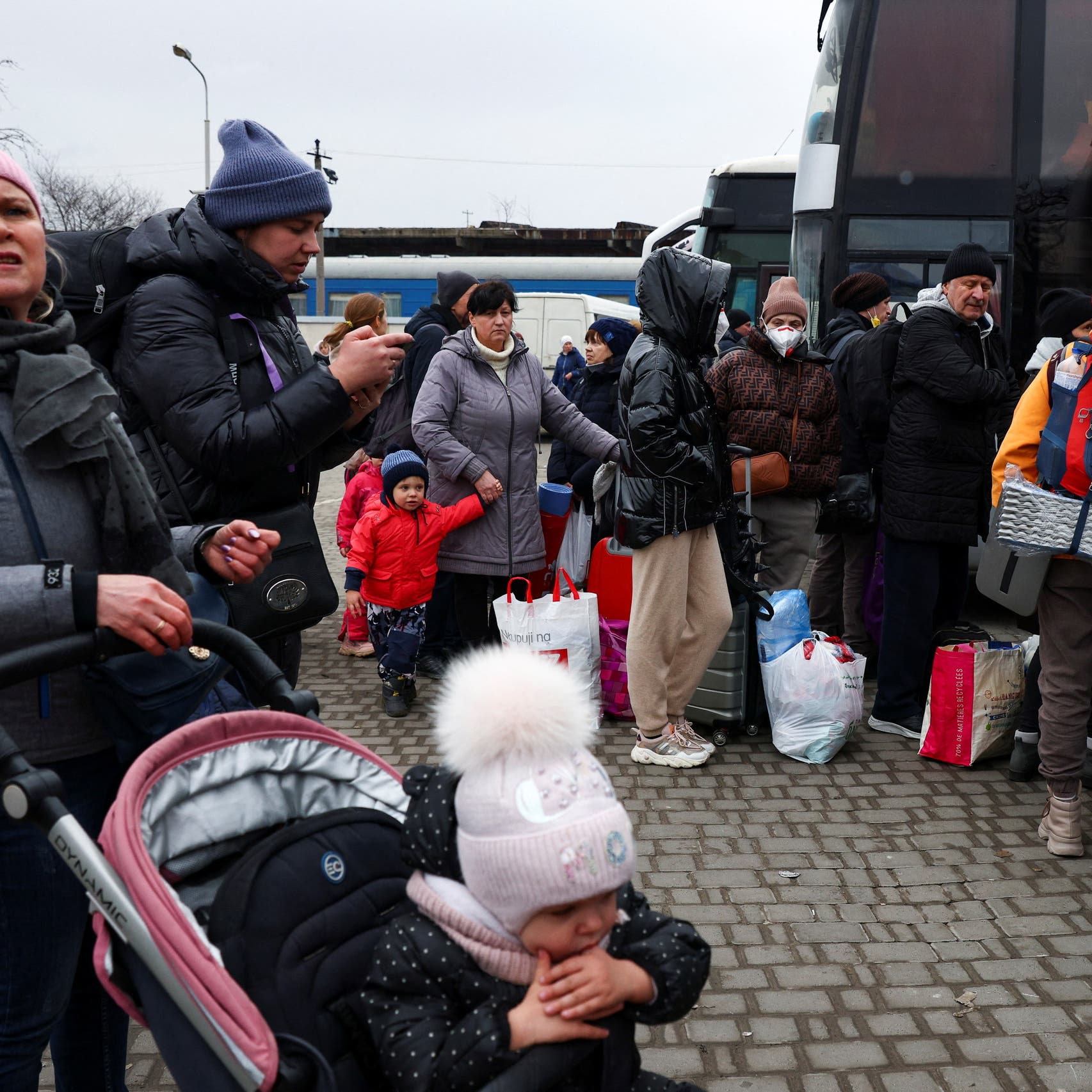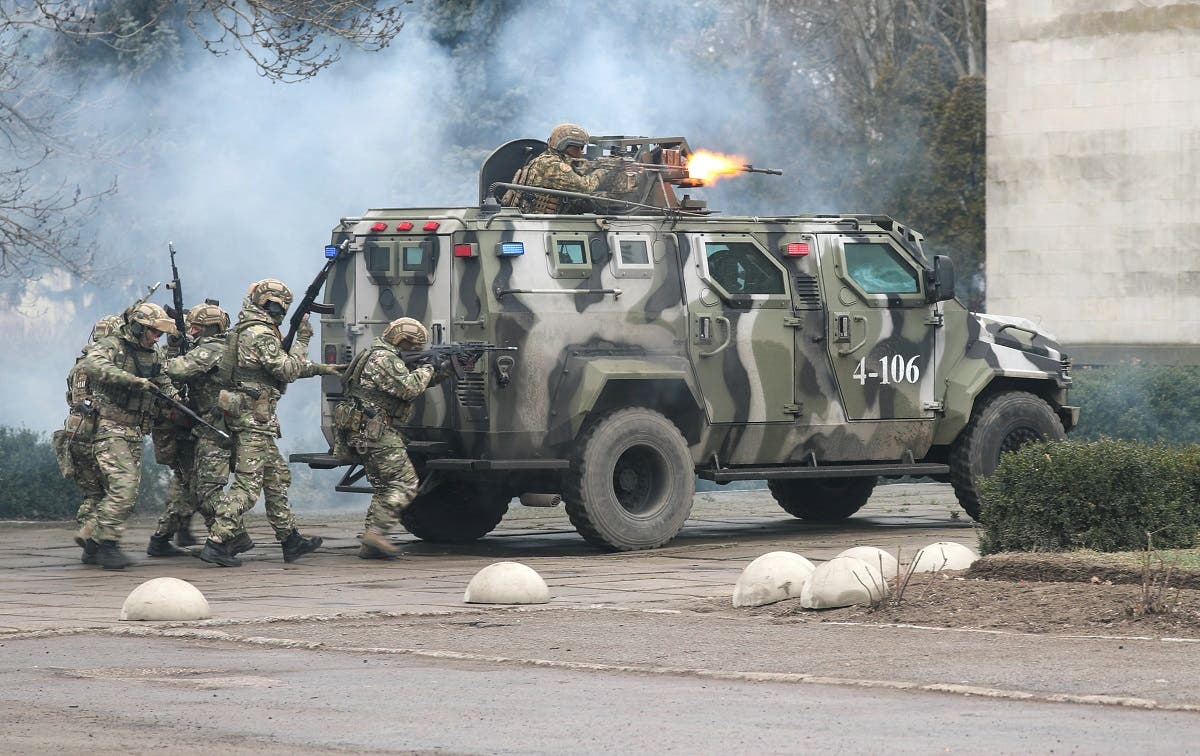“There is no point planning a carbon-free energy future if you haven’t got a clue how you will get there or how it will be paid for”
March 4, 2022

The UK will miss its net zero carbon targets because the government has failed to introduce “credible plans” to drive investment in key alternative technologies, such as heat pumps, a parliamentary report has warned.
Ministers have not yet explained how the transition will be funded or what policies and financial incentives they will use to deliver on their targets to reduce emissions, the study by the House of Lords industry and regulators committee said. Britain has committed to decarbonise the power grid by the mid-2030s and reaching net zero carbon emissions overall by 2050.
“There is no point planning a carbon-free energy future if you haven’t got a clue how you will get there or how it will be paid for,” said Lord Clive Hollick, the Labour peer who chairs the committee.
The report urged the government to review its opposition to the use of state borrowing, warning that the amount that can realistically be raised via surcharges on energy bills would not be enough to pay for the net zero transition.
Piling costs on to energy bills would also put unfair pressure on consumers already bearing the brunt of soaring energy prices and would fall disproportionally on low-income groups, the committee said.
The government’s proposed funding model to pay for new nuclear power stations, known as the regulated asset base model, which imposes levies on household bills from the moment construction starts would only add to impending cost of energy, the report warned.
“Bills are regressive as the poor pay more of their income on energy costs . . . the government should look again at using greater public borrowing to fund what are huge and long-term infrastructure costs,” it said.
The Climate Change Committee, the government’s environmental adviser, has estimated it would cost £50bn annually from 2030 to meet the cost of the transition to net zero.
Ministers must resolve key issues such as how to incentivise households to replace gas boilers with heat pumps and what the plans are for the 6mn homes where heat pumps may be unsuitable, the report said.
The committee also called for measures that would aid the net zero target to be explicitly added to Ofgem’s statutory duties. However, it concluded that the energy regulator should not be given a more strategic role in planning the transition.
Instead, to deliver the changes, a transformation task force should be established within the Cabinet Office and report to the prime minister. It should co-ordinate all departments and set out a clear road map for the implementation of energy policies, the report recommended.
It also added to the criticism of Ofgem for its poor oversight of the energy market, after a spike in gas prices led to the collapse of at least 29 suppliers. The report said Ofgem’s failures had “created greater cost and uncertainty for consumers.”
The report urged the regulator to adapt the price controls it applies to energy companies to ensure that they can invest in new infrastructure before it is needed.
Ofgem said it had “played a key role in driving down carbon emissions over the last 20 years” and would continue to work with the government to meet the net zero targets.
The government said: “We will meet the net zero target by 2050 and are on track to do so. Detailed measures are set out in our comprehensive Net Zero Strategy, which has been widely welcomed by a range of experts, including the independent Climate Change Committee.”
Source: Financial Times

The UK will miss its net zero carbon targets because the government has failed to introduce “credible plans” to drive investment in key alternative technologies, such as heat pumps, a parliamentary report has warned.
Ministers have not yet explained how the transition will be funded or what policies and financial incentives they will use to deliver on their targets to reduce emissions, the study by the House of Lords industry and regulators committee said. Britain has committed to decarbonise the power grid by the mid-2030s and reaching net zero carbon emissions overall by 2050.
“There is no point planning a carbon-free energy future if you haven’t got a clue how you will get there or how it will be paid for,” said Lord Clive Hollick, the Labour peer who chairs the committee.
The report urged the government to review its opposition to the use of state borrowing, warning that the amount that can realistically be raised via surcharges on energy bills would not be enough to pay for the net zero transition.
Piling costs on to energy bills would also put unfair pressure on consumers already bearing the brunt of soaring energy prices and would fall disproportionally on low-income groups, the committee said.
The government’s proposed funding model to pay for new nuclear power stations, known as the regulated asset base model, which imposes levies on household bills from the moment construction starts would only add to impending cost of energy, the report warned.
“Bills are regressive as the poor pay more of their income on energy costs . . . the government should look again at using greater public borrowing to fund what are huge and long-term infrastructure costs,” it said.
The Climate Change Committee, the government’s environmental adviser, has estimated it would cost £50bn annually from 2030 to meet the cost of the transition to net zero.
Ministers must resolve key issues such as how to incentivise households to replace gas boilers with heat pumps and what the plans are for the 6mn homes where heat pumps may be unsuitable, the report said.
The committee also called for measures that would aid the net zero target to be explicitly added to Ofgem’s statutory duties. However, it concluded that the energy regulator should not be given a more strategic role in planning the transition.
Instead, to deliver the changes, a transformation task force should be established within the Cabinet Office and report to the prime minister. It should co-ordinate all departments and set out a clear road map for the implementation of energy policies, the report recommended.
It also added to the criticism of Ofgem for its poor oversight of the energy market, after a spike in gas prices led to the collapse of at least 29 suppliers. The report said Ofgem’s failures had “created greater cost and uncertainty for consumers.”
The report urged the regulator to adapt the price controls it applies to energy companies to ensure that they can invest in new infrastructure before it is needed.
Ofgem said it had “played a key role in driving down carbon emissions over the last 20 years” and would continue to work with the government to meet the net zero targets.
The government said: “We will meet the net zero target by 2050 and are on track to do so. Detailed measures are set out in our comprehensive Net Zero Strategy, which has been widely welcomed by a range of experts, including the independent Climate Change Committee.”
Source: Financial Times
UK’s energy overhaul must confront abject failures on efficiency
March 3, 2022

In the aftermath of the 1973 oil price shock, governments around the world scrutinised energy in a new light. Many put resources into the development of wind turbine technology and other emerging energy sources.
The UK created its first Department of Energy. It instituted a new focus on efficiency, urging consumers to “switch off”, and started an Industrial Energy Thrift Scheme to gather data on energy use and provide advice on making savings.
This should be another such moment — a “wake-up call to move away from rogue regimes and towards new technology”, says former Gazprom trader Adi Imsirovic, now at the Oxford Institute for Energy Studies.
Russia’s invasion of Ukraine is prompting a rapid rethink of energy policies around Europe. Soaring wholesale gas prices, now 10 times their level a year ago, could send UK households’ energy bills towards £3,000 a year when the new price cap is set for October.
In a week that a UN report warned of a “brief but rapidly closing” window to adapt to climate change, those considerations push in the same direction as net-zero policies: towards more renewable energy, greater efforts to decarbonise households and industry, and enhanced energy efficiency. The latter shouldn’t be an afterthought in policy — but generally is.
Business and energy secretary Kwasi Kwarteng last week focused on supply when talking UK energy security. He argued that the UK needed more cheap renewables, to invest in new nuclear energy and to back North Sea production. The latter, he rightly noted, does little to affect the international market prices to which the UK is exposed.
Nor does shale gas, which even if it could overcome significant geological uncertainty and public scepticism (unlikely) would require many years and thousands of wells to make a meaningful contribution. Efficiency, which can reduce fossil-fuel use and save household budgets fastest, was just Kwarteng’s postscript: he noted the government was spending £6.6bn on upgrades this parliament.
Those programmes are targeted predominantly on social housing and public buildings. They are entirely inadequate: Element Energy reckons that closer to £5bn a year is needed over the next decade to get the UK’s ageing, leaky housing stock ready for low-carbon heating technology such as heat pumps.
Deadlines to stop installing gas boilers in new homes, and to stop replacing existing ones, are arguably too distant. But insulating UK houses is a prerequisite for whatever comes next, and makes good sense in the meantime.
Yet there is no mass-market effort to retrofit the UK’s homes, where 63 per cent of houses can be brought up to standard for less than £1,000 on Element’s figures. And domestic heating accounted for nearly 40 per cent of UK gas demand in 2020.
This area is marked out by repeated, miserable policy failure. Since a shift in regulatory requirements under the coalition government, annual efficiency installations have fallen 90 per cent, according to the Resolution Foundation.
CONSERVATIVE POLICIES AUSTERITY ECONOMICS
The Cameron government’s Green Deal, a complex and uncompetitive financing arrangement, aimed to insulate 14m homes by 2020 but issued only 14,000 loans. The decision in 2013 to cut “the green crap”, as David Cameron was reported to have said and which included tighter standards for home energy efficiency, was costing households £2.5bn annually and rising, CarbonBrief reckoned earlier this year.
The latest embarrassment to effective policy was the 2020 Green Homes Grant, an administrative nightmare that managed 47,500 upgrades compared with a 600,000 target.
One problem has been an aversion to allocating public money towards schemes — something that will be needed to help the poorest owner-occupiers who are most squeezed by rising energy prices and tend to live in less efficient properties. But repeated policy changes and dwindling activity have also just gutted the skills and supply chain for this type of work. And, says Rebecca Teasdale at Baringa, even those who can afford it need to be helped by “making the process simple — ideally via a one-stop shop”.
The bombardment of Ukraine and the isolation of Russia means that energy prices are likely to remain high. Concerns about security, climate change and the cost of living crisis are pointing in the same direction. Addressing persistent failure on efficiency should be an urgent part of the answer.
helen.thomas@ft.com
@helentbiz
Source: Financial Times
The Cameron government’s Green Deal, a complex and uncompetitive financing arrangement, aimed to insulate 14m homes by 2020 but issued only 14,000 loans. The decision in 2013 to cut “the green crap”, as David Cameron was reported to have said and which included tighter standards for home energy efficiency, was costing households £2.5bn annually and rising, CarbonBrief reckoned earlier this year.
The latest embarrassment to effective policy was the 2020 Green Homes Grant, an administrative nightmare that managed 47,500 upgrades compared with a 600,000 target.
One problem has been an aversion to allocating public money towards schemes — something that will be needed to help the poorest owner-occupiers who are most squeezed by rising energy prices and tend to live in less efficient properties. But repeated policy changes and dwindling activity have also just gutted the skills and supply chain for this type of work. And, says Rebecca Teasdale at Baringa, even those who can afford it need to be helped by “making the process simple — ideally via a one-stop shop”.
The bombardment of Ukraine and the isolation of Russia means that energy prices are likely to remain high. Concerns about security, climate change and the cost of living crisis are pointing in the same direction. Addressing persistent failure on efficiency should be an urgent part of the answer.
helen.thomas@ft.com
@helentbiz
Source: Financial Times















